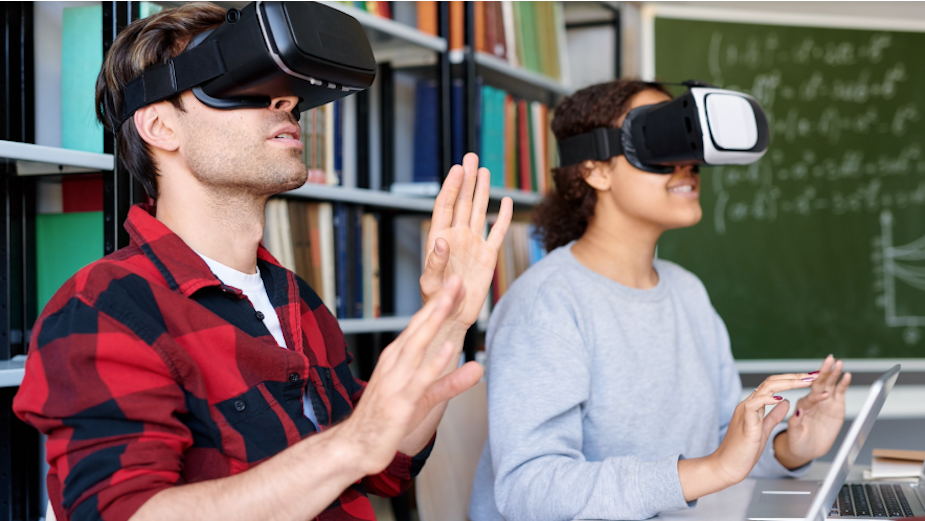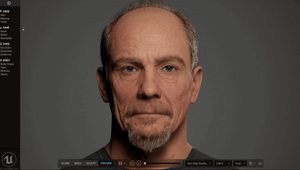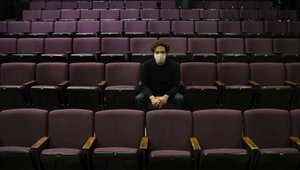
Virtual Reality Is the Learning Tool of the 21st Century

The ongoing disruption to the global education system caused by Covid-19 has been profound with far-reaching implications. Whilst video platforms are being used to replace classroom learning, they are not providing the same tactile, engaging experience. Further technological transformation is needed to improve the effectiveness of education and the ability to cope with another pandemic.
A virtual learning environment can offer many benefits, such as flexible schedules, more individual accountability, mobility, fewer distractions, and reduced costs associated with the construction of classroom infrastructure. Plus, research suggests we retain more information and can better apply what we have learned after participating in virtual reality lessons.
Researchers at the University of Maryland conducted one of the first in-depth analyses on whether people learn better through immersive virtual environments, as opposed to more traditional platforms like a computer or tablet. For the study, the UMD researchers recruited 40 volunteers - mostly UMD students unfamiliar with virtual reality. The researchers split the participants into two groups: one viewed information first via a VR head-mounted display and then on a desktop; the other did the opposite. The results showed an 8.8% improvement overall in recall accuracy using the VR headsets - a statistically significant number according to the research team.
Whilst traditional eLearning happens through a 2D screen, VR learning allows students to interact with objects and people in the same virtual space, as they would in the real world. In addition, students can be safely exposed to things that might not be possible in real life. For example, a student learning chemistry can experiment with chemicals without the fear of dangerous exposure or causing an actual explosion.

- Credit: ENGAGE
Before the pandemic, VR was already being used to capture the imagination and improve learning. For example, the technology had been used to help students better understand the human body, build empathy with victims of natural disasters, visit coral reefs to witness the beauty as well as the threats the ecosystems face, and travel to historical sites to learn first hand about the world’s history. Considering the positive impact virtual reality can have on learning, it’s no surprise that interest in VR and education is growing.
In May, it was announced that HTC had agreed to invest €3 million into VR Education to develop and enhance the company’s Engage platform. HTC China President, Alvin Wang Graylin, said: “With the ongoing global pandemic, we recognise that now, more than ever, it is important to invest in and expand accessibility to XR technologies that enable human connection and maintain presence when we are all physically apart. Through this partnership, we believe we can offer an important service to large groups of people to learn, share, and collaborate with their peers around the world.”
VR Education’s Engage platform allows up to 50 remote users to connect in the same virtual room, which could be a lecture hall or the surface of the moon—that’s the beauty of VR! All types of media can be shown and over 1,200 3D objects can be accessed and loaded into the virtual environment. The tools are easy to use, requiring no technical expertise.
VR Education has signed a deal with VictoryXR that will see the US company using the Engage platform to help support students affected by the coronavirus pandemic. Under the deal, VictoryXR will import its content library on to the Engage platform, providing its services remotely to schoolchildren across the US.
Interest and investment in virtual reality and education are only expected to grow. When all the benefits are considered, virtual reality is not only the next logical step for educators but a step in the right direction.










